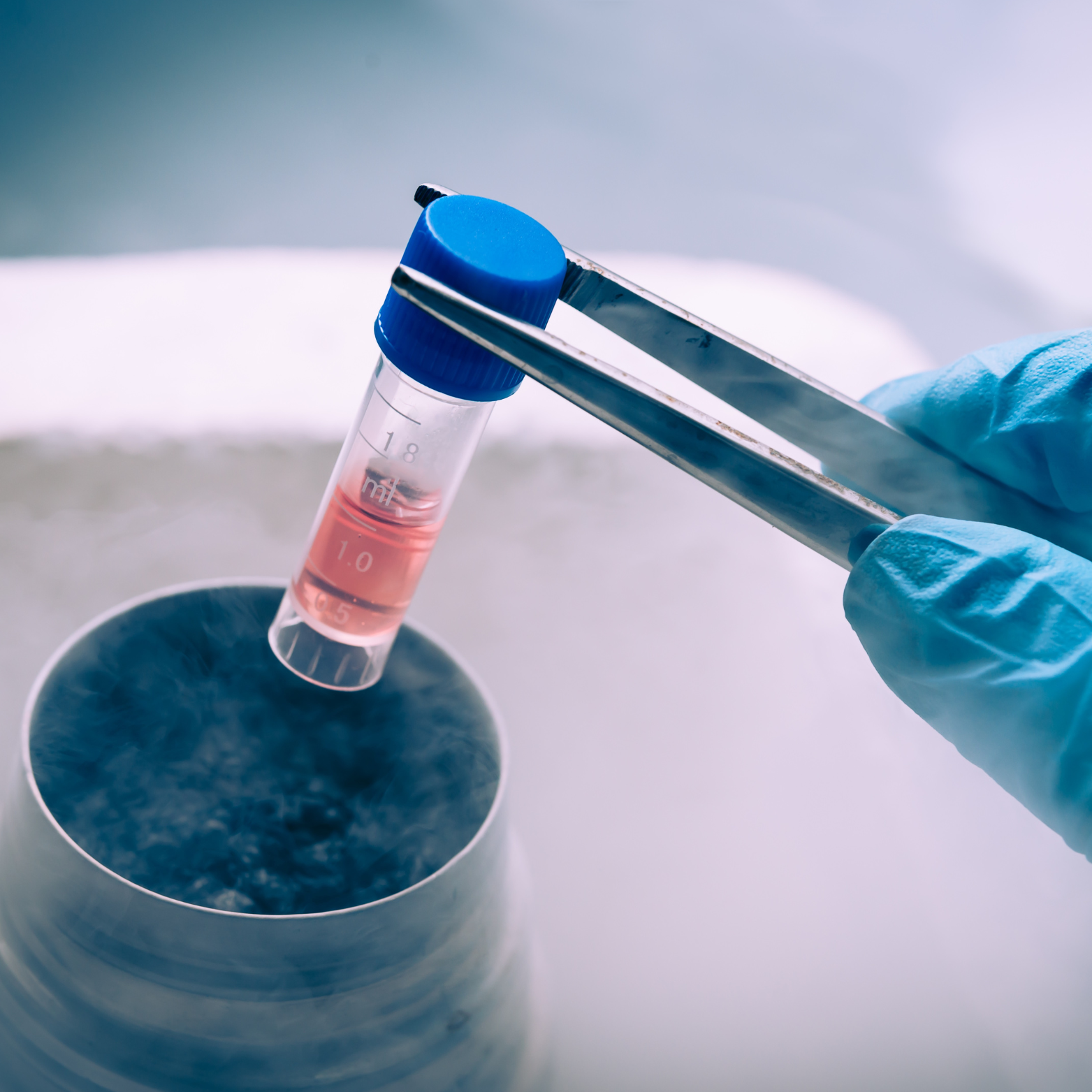Umbilical cord blood stem cells are a remarkable and valuable resource found within the umbilical cord and placenta after childbirth. These cells have garnered significant attention and interest in medicine due to their unique properties and numerous benefits. The umbilical cord blood stem cell’s advantages revolve around the accessibility of collecting the cells.
According to Parent’s Guide to Cord Blood Foundation, as of 2021, over 9 million cord blood units have been stored worldwide in public and private cord blood banks. These cells are considered safe in terms of immunological measures, making them an excellent match for transplantation.
The umbilical cord blood stem cells can differentiate into various cell types, offering great potential for regenerative therapies and treatment of various diseases, including leukemia, immune disorders, and certain genetic conditions.
Umbilical Cord Blood Stem Cells Advantages
The use of umbilical cord blood stem cells bypasses the ethical concerns associated with embryonic stem cells, making them a more ethically acceptable option for research and medical applications. As a result, the exploration and utilization of umbilical cord blood stem cells continue to grow, promising a brighter future for regenerative medicine and personalized healthcare.
Umbilical cord blood stem cells offer several distinct advantages, making them a valuable and promising resource in regenerative medicine and medical treatments. Some key advantages include:
- Abundant and Easy to Obtain: Umbilical cord blood is readily available after childbirth and is often discarded as medical waste. Collecting cord blood is a simple, non-invasive procedure that poses no risk or harm to the mother or the baby.
- Immunologically Protected: Cord blood stem cells have not been exposed to infections or foreign substances, making them less likely to cause immune reactions or rejection when used in transplantation.
- Lower Risk of Graft-Versus-Host Disease (GVHD): GVHD occurs when the donor’s immune cells attack the recipient’s tissues. Umbilical cord blood stem cells have a lower risk of causing GVHD than other types of stem cells.
- Wide Donor Pool: Cord blood stem cells are more tolerant of mismatched HLA (human leukocyte antigen) types, expanding the donor pool and increasing the chances of finding a suitable match for transplant patients.
- Versatility: Umbilical cord blood stem cells can differentiate into various cell types, including blood cells, nerve cells, and other tissues, making them useful for various regenerative therapies and treatments.
- Lower Risk of Tumorigenicity: Unlike embryonic stem cells, umbilical cord blood stem cells have a lower risk of forming tumors when transplanted, reducing safety concerns.
- Ethical Acceptability: The use of umbilical cord blood stem cells sidesteps the ethical dilemmas associated with using embryonic stem cells, making them a more widely accepted and ethically sound option for research and medical applications.
- Immediate Availability: Cord blood banks store and preserve umbilical cord blood for future use, ensuring immediate access to compatible stem cells when needed for
medical treatments.
How Umbilical Cord Blood Stem Cells Are Collected?
Umbilical cord blood stem cells are collected shortly after childbirth, during the third stage of labor. The process is safe, painless, and does not pose any risk or harm to the mother or the baby. There are two main methods of collecting cord blood:
Standard Collection Method
- A healthcare professional inserts a needle into the umbilical vein or artery once the baby is born, and the umbilical cord is clamped and cut.
- The blood is then collected and drained into a sterile collection bag or vial.
- The collection typically takes around 5 to 10 minutes and does not interfere with the
birthing process.
Cesarean Section Collection Method
- If the delivery is via cesarean section, the process of collecting cord blood remains
very similar.
- After the baby is delivered, the umbilical cord is clamped and cut, and the healthcare professional collects the cord blood.
Final Thoughts
Exploring the advantages of umbilical cord blood stem cells has opened new horizons in regenerative medicine and medical treatments. These remarkable cells, readily available after childbirth, offer a wealth of benefits that set them apart from other sources of stem cells, which is why approximately 3% of parents in the U.S. now store cord blood at birth.
By harnessing the power of these precious cells, we embark on a journey towards a future of better health and well-being for generations to come. If you’re looking for dependable stem cell services, get in touch with CellSave. We provide premium quality services with the expertise of our
skilled staff.







